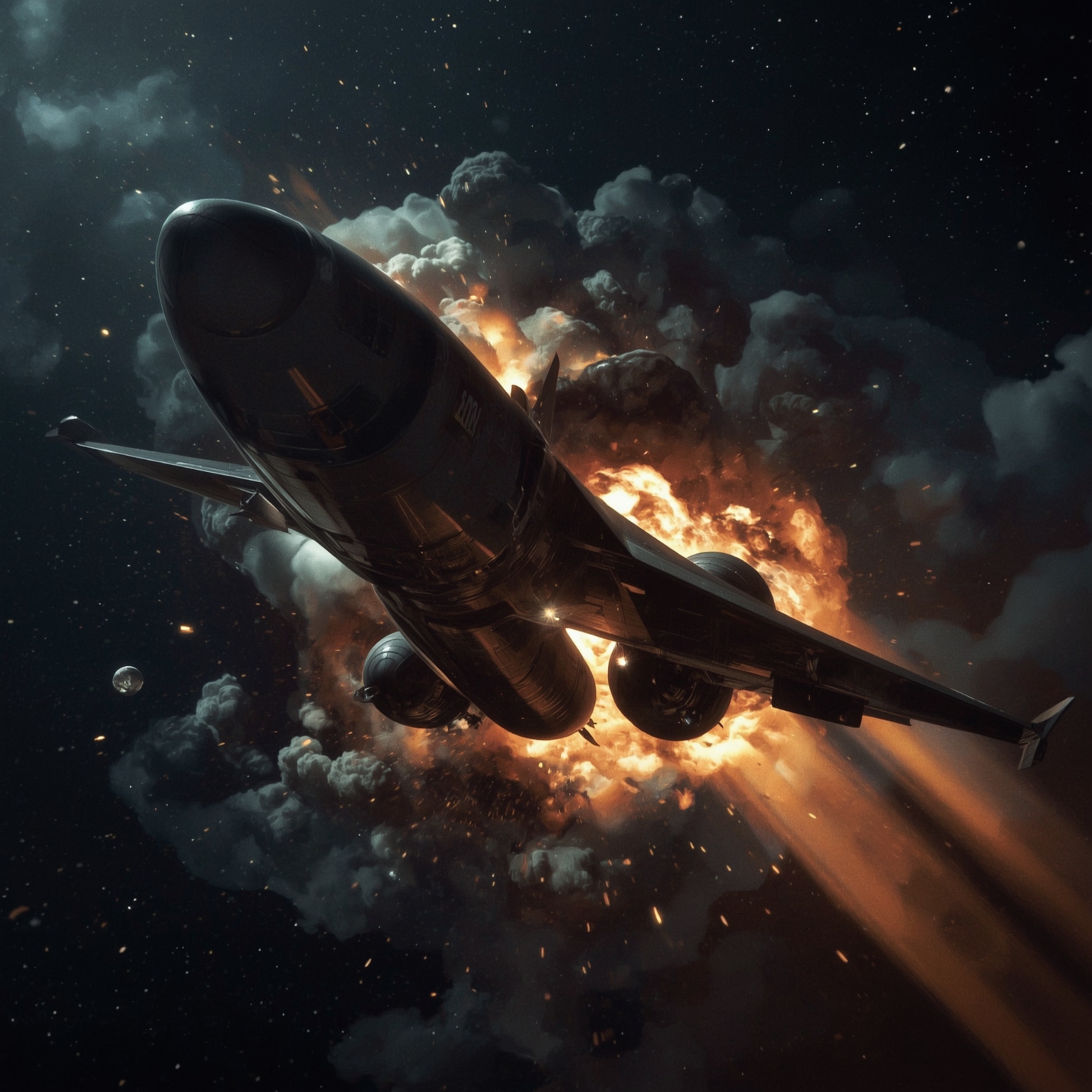The United States Air Force has embarked on the ambitious and strategically significant effort of developing a completely new generation of deep-penetration air-to-ground ordnance to succeed the formidable 30,000‑pound bunker‑buster bomb that was employed earlier this year against Iran’s heavily fortified nuclear installations. This undertaking represents not merely a routine modernization effort, but rather a clear signal that the service is intent on refining and extending its capability to neutralize some of the most challenging hardened targets in existence.
To that end, the Air Force formally awarded a research and development contract aimed at conceiving, engineering, and ultimately prototyping this next‑generation munition, which is intended to take the place of the well‑known Massive Ordnance Penetrator (MOP). The MOP had previously demonstrated its value during Operation Midnight Hammer, when it was deployed in combat for the purpose of compromising Iran’s deeply buried nuclear infrastructure. The new program has been assigned to Applied Research Associates (ARA), a respected defense technology firm headquartered in New Mexico. In a statement issued last week, ARA confirmed that it had secured a two‑year contract to design and construct a prototype of what has been officially termed the “Next Generation Penetrator weapon system.”
In describing the scope of their commitment, ARA elaborated that the company would be responsible not only for producing conceptual designs but also for fabricating and rigorously testing both scaled‑down models and full‑sized prototypes of the weapon. The stated objective of these evaluations will be to measure performance against so‑called hardened and deeply embedded targets, which continue to represent one of the most vexing challenges to American national security planners. Despite the announcement, neither the Air Force Life Cycle Management Center’s Munitions Directorate at Eglin, which awarded the contract, nor ARA itself disclosed the financial value of the agreement, and the service has not yet provided clarification when asked.
The Next Generation Penetrator (NGP) is envisioned as the long‑term successor to the GBU‑57 Massive Ordnance Penetrator, the gigantic bunker‑buster weapon that weighs approximately 30,000 pounds and was dropped by American bombers against subterranean Iranian nuclear facilities in June during one of the most complex bombing campaigns in recent memory. The GBU‑57, whose development and integration were originally overseen by Boeing, will serve as the technological foundation for certain aspects of this new weapon as well. Boeing, the aviation and defense heavyweight, has already been identified as responsible for innovating and constructing the sophisticated tail assembly for the future system, which will be crucial in governing the bomb’s aerodynamic stability and targeting precision.
Although publicly available details regarding the NGP’s design specifications and performance parameters remain limited, fragments of information highlight the Air Force’s priorities. Earlier in 2023, the service issued a request for information to defense contractors soliciting proposals for warhead designs capable of defeating hard and deeply buried targets. The Air Force specified that any new penetrator design must weigh no more than 22,000 pounds, making it lighter than its predecessor, and it must feature not only traditional blast effects but also enhanced fragmentation capabilities. This dual effect would enhance the weapon’s versatility against a wider spectrum of target sets. Additionally, the requirement stipulates a high‑precision guidance package with resilience in environments where GPS signals may be jammed or entirely unavailable, an increasingly important consideration given the rapid evolution of electronic warfare capabilities by potential adversaries.
The operational relevance of such weapons was illustrated vividly when, during June’s Operation Midnight Hammer, a formation of seven B‑2 Spirit stealth bombers executed the release of 14 Massive Ordnance Penetrators on Iran’s underground nuclear sites. This episode constituted the first combat use of the MOP, and Pentagon officials later described the mission as both extraordinarily secretive and logistically demanding. The results, however, underscored the MOP’s unparalleled ability to compromise deeply protected installations.
As the largest non‑nuclear explosive device currently fielded by the United States, the GBU‑57 is an engineering marvel in itself. Measuring approximately 20.5 feet in length and with a body diameter exceeding 31 inches, the weapon incorporates a hardened steel case capable of boring through an estimated 200 feet of reinforced earth and rock. Of its imposing weight, 6,000 pounds consist solely of the warhead, allowing for immense destructive capability once buried beneath the surface. Although the MOP reached operational status only about 15 years ago, its development was closely tied to the need to specifically counteract Iranian facilities such as the Fordow enrichment complex, which had been deliberately constructed deep underground to avoid conventional airstrikes.
Deployment of the MOP is limited by aircraft compatibility. Currently, the B‑2 Spirit stealth bomber stands as the only US aircraft able to carry the immense bomb, with two fitting internally within its weapons bay in a way that preserves the aircraft’s low‑visibility profile. Looking toward the future, the next‑generation B‑21 Raider stealth bomber—currently in advanced stages of design and testing—is expected to carry a reduced payload of one such penetrator, ensuring that America’s future long‑range strike aircraft retain some ability to employ these unique munitions.
In sum, the Next Generation Penetrator program demonstrates a conscious and ambitious attempt by the US Air Force to advance beyond a weapon system that, while powerful, was conceived for the strategic needs of the previous two decades. By mandating lighter weight, improved precision, enhanced blast and fragmentation effects, and resilience against electronic disruption of navigation, the Air Force is signaling that it requires a new category of bunker‑buster—one flexible enough for tomorrow’s conflicts while preserving the sheer destructive force demanded by the most hardened targets. This development underscores a broader trajectory in US military innovation: an enduring determination to ensure dominance in the increasingly complex realm of deep strike and strategic deterrence.
Sourse: https://www.businessinsider.com/us-eyes-bunker-buster-bomb-replace-those-used-strike-iran-2025-9



